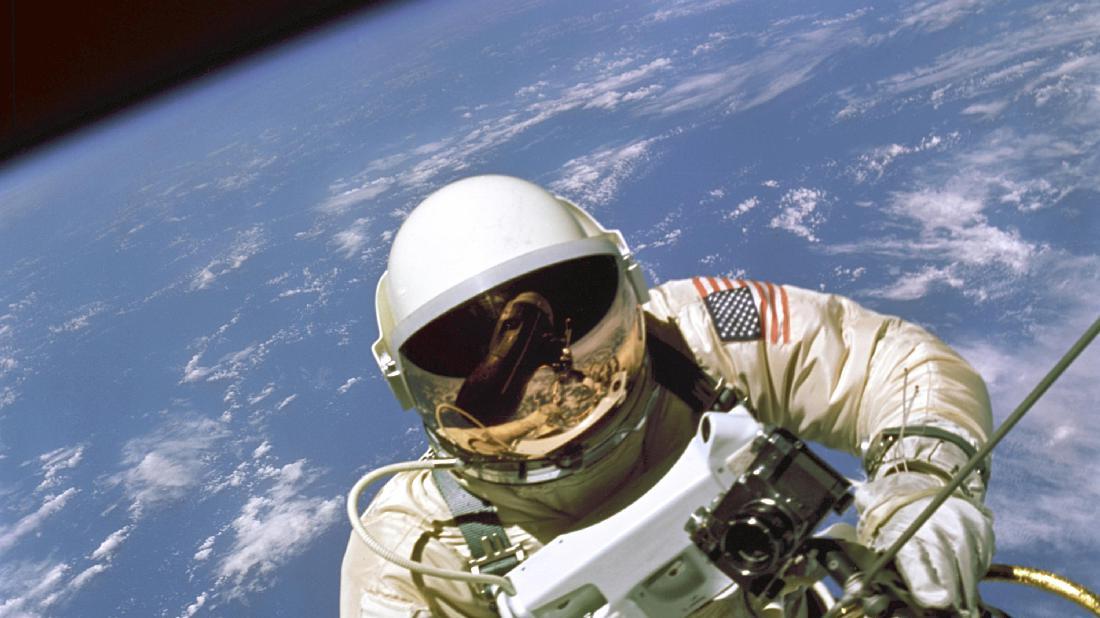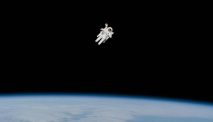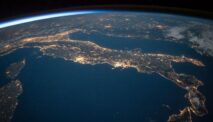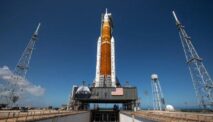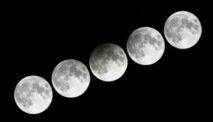The camera that also contributed was Clyde Holliday’s camera. The camera is designed for space photography.
Clyde’s camera was instrumental in capturing the first-ever photograph of Earth from space during a V-2 rocket launch at the White Sands Missile Range.
Clyde Holliday and his team returned the images to Earth and conducted a careful analysis. You will gain valuable insights into geology, meteorology and the imaging field itself.
As technology advanced and the Apollo astronauts began lunar missions, cameras captured iconic and more detailed images of Earth. This image is able to reveal the complex features of the Earth.
As part of scientific research, images of the Earth were also taken from the Moon. The photo was taken on April 30, 1967 with the Surveyor 3 robotic lander, which was later visited by the Apollo 12 astronauts.
The Apollo missions of the late 1960s and early 1970s produced thousands of stunning images. Below are photos that show how small and fragile the Earth is amid the darkness and vastness of space.
The most famous photo is the Earthrise photo taken by Apollo 8, the first manned mission that orbited the Moon in December 1968.
In July 1969, the first manned lunar landing mission, Apollo 11, brought back many iconic photos by Nel A. Armstrong and Edwin E.
The famous image of the blue marble Earth that we often see on the Internet was taken in December 1972 by Apollo 17 over a distance of 115,872 km during its journey to the Moon.
Meanwhile, on March 8, 2004, the Mars Exploration Rover Spirit showed a perspective of Earth that only looked like a bright star.
Then, 12 years ago, the Moon and Earth were photographed simultaneously from a distance of 432 km from Earth during the unmanned Artemis I mission.
Photo: Doc. NASA/Photo of Earth from space
